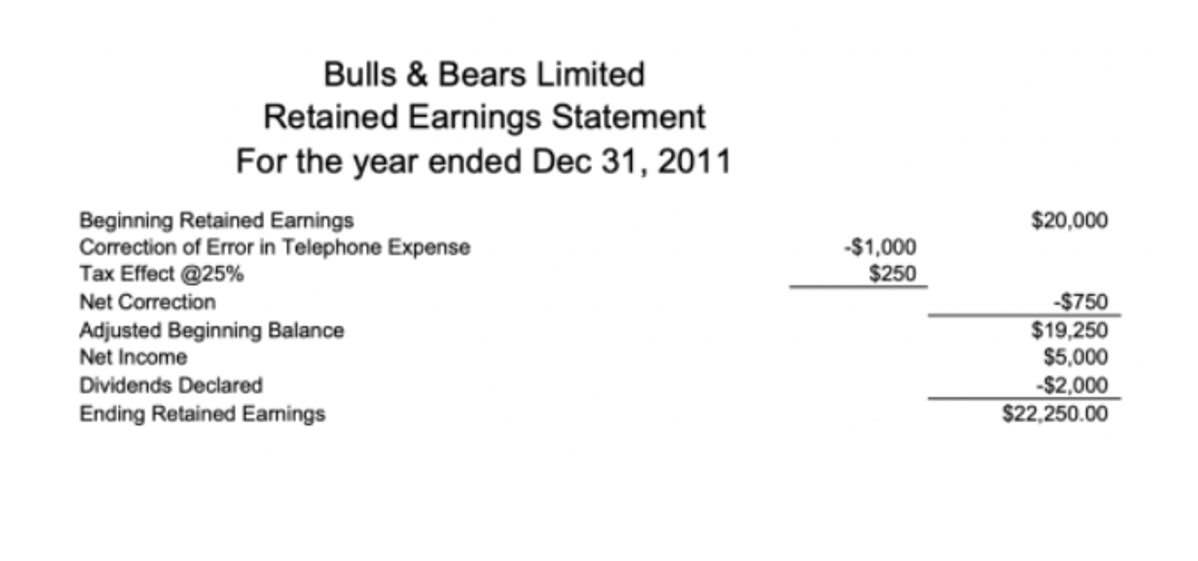
A journal is the company’s official book in which all transactions are recorded in chronological order. Although many companies use accounting software nowadays to book journal entries, journals were the predominant method of booking entries in the past. Alternatively, if we use the perpetual inventory system, we can debit the inventory account and credit the cash account for the purchase of goods in cash journal entry. This means that when we purchase the inventory goods in, we need to record it as an increase in the inventory account immediately.

They are just words that show the double-sided nature of financial transactions. To understand the concept, think about any purchase you’ve ever made. The appropriate debits and credits are listed under the appropriate columns under the T-Accounts to determine the final value to be reported.
Recognition of Purchases
Optional additions to this basic set of information are the payment due date and authorizing purchase order number. When making a purchase on credit, a journal entry is made to record both the asset or expense that is being debited, as well as the account payable that is being credited. A credit purchase journal entry is an accounting record of the transaction that has occurred. The journal entry on October 25 for the settlement of the $10,000 credit purchase will be the same as the above since it is not the transaction of inventory in or inventory out.
Over time, the journal offers insights into business and spending trends. As you might’ve guessed, a journal entry for sales of goods, is created whenever your business sells some manufactured goods. Since these are self-descriptive enough, let’s move on to some more complex accounting journal entries. Creating a journal entry is the process of recording and tracking any transaction that your business conducts.
How confident are you in your long term financial plan?
Purchase account is debited to record the journal entry for credit purchase. As purchase results in increase in the expense and decrease in assets of the entity, expense must be debited while assets must be credited. A purchase also results in increase in purchases journal entry inventory, however the accounting for inventory is kept separate from accounting for purchase as will be further discussed in the inventory accounting section. Manual journal entries were used before modern, computerized accounting systems were invented.
- So Cash A/c would be credited, as a reduction in an Asset account is credited.
- As you can see, the account name, debit amount, credit amount, and description will all appear.
- Expenses decrease when credited, so Cash will be credited for $500.
- Now, determine which items have been increased or decreased, and by how much.
- Therefore, the amount column represents a credit to accounts payable and a debit to purchases at the full invoice price.
The purpose of an accounting journal is record business transactions and keep a record of all the company’s financial events that take place during the year. An accounting ledger, on the other hand, is a listing of all https://www.bookstime.com/ accounts in the accounting system along with their balances. Obviously, if you don’t know a transaction occurred, you can’t record one. Using our vehicle example above, you must identify what transaction took place.
What is a Purchases Journal?
At the end of the month, the amount column in the journal is totaled, and this amount is posted as a debit in the general ledger purchases account. It is also posted as a credit in the general ledger accounts payable account. Purchases account is a temporary account for the merchandise purchased in which its normal balance is on the debit side. Likewise, the journal entry for merchandise purchased under the perpetual inventory system is different from the journal entry for merchandise purchased under the periodic inventory system.
